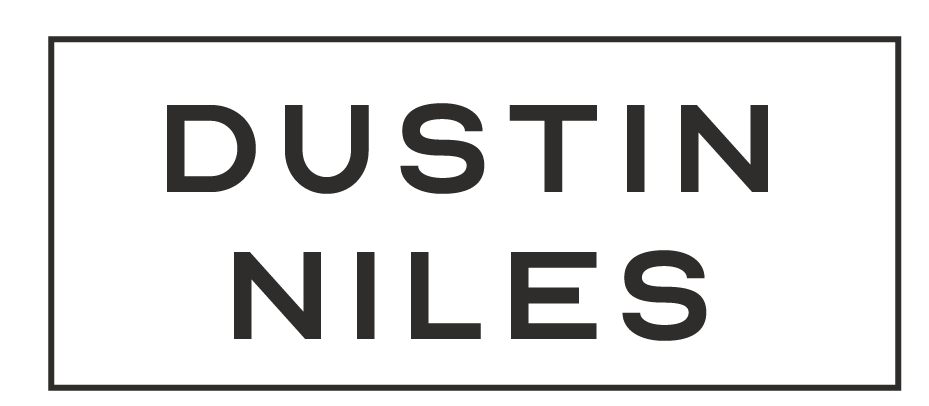By Dustin Niles
The world of digital media is a war between text and images. Much as been said about the effects of digital media on what we can say — the abilities afforded to us as far as who we can talk to, what we can say, and how we can find what others are saying. It’s ubiquity has been in the form of tweets, status updates, with some credence lended to the fact that images can go along with it. But we’re barraged with images like never before. Video has flourished on the internet even more so than it did on the platform that was made for it, television. Still images are being produced an unfathomable pace. Images are a huge part of the new age of digital media.
And with that has come the tools used to alter and edit these images, both in still image and video form. As I talked about with deep fakes, this technology has progressed to the point that amateur video makers can fabricate believable lies that look like they’re coming from the mouths of world leaders. (Roose, 2018) It’s a scary development that holds implications for democracy and society itself.
Image manipulation has also had profound effects on body image and ideas of the self. I looked at how advertising images have decimated mental health, and how inclusion has affected how marginalized communities see themselves. (Scriver, 2019)
And finally, I looked at some of the good things that can come from the multitude of images on the internet, and the advanced state of image editing software. Researchers are using digital tools to recreate damaged or unwanted portions of photos, restoring their quality by taking advantage of the billions of internet images available at the click of a mouse. (Zhu, Huang, Tan, Xu, & Hu, 2015)
There’s much more to be said about images on the internet, and this is not made to be a definitive guide to internet imagery. But these blog posts serve as a starting point, an overview of the kind of capabilities that images and image editing have going into a new decade. As the decade progresses, I’m sure that we’ll see even more innovations, both for better and for worse, in imagery in digital spaces.
References
Roose, K. (2018, March 4) Here come the fake videos, too. The New York Times. Retrieved from https://www.nytimes.com/2018/03/04/technology/fake-videos-deepfakes.html
Scriver, A. (2019, Aug. 29) Hell yeah, you can use Photoshop and love your body. Greatist. Retrieved from https://greatist.com/live/banning-photoshop
Zhu, Z., Huang, H. Z., Tan, Z. P., Xu, K., & Hu, S. M. (2015, Sep. 18) Faithful completion of images of scenic landmarks using internet images. IEEE Transactions on Visualization and Computer Graphics, 22(8), 1945-1958. Retrieved from http://ieeexplore.ieee.org.proxy.libraries.rutgers.edu/stamp/stamp.jsp?tp=&arnumber=7272134&isnumber=7501980
